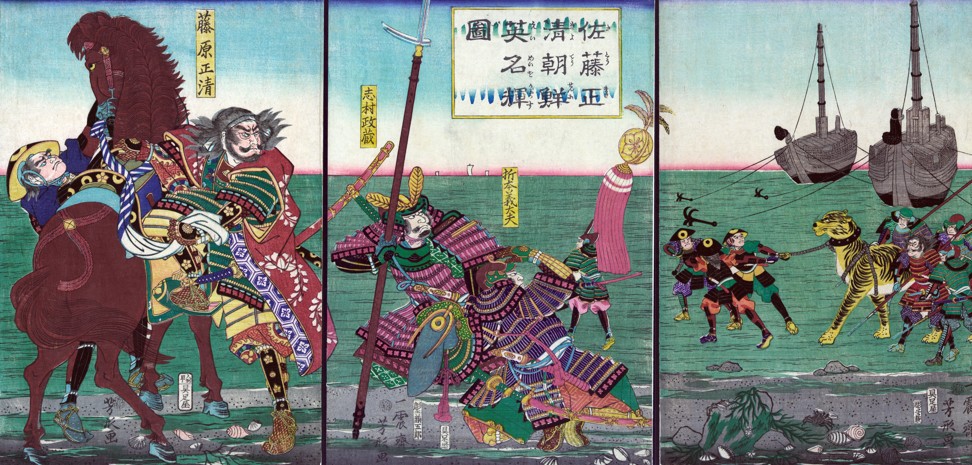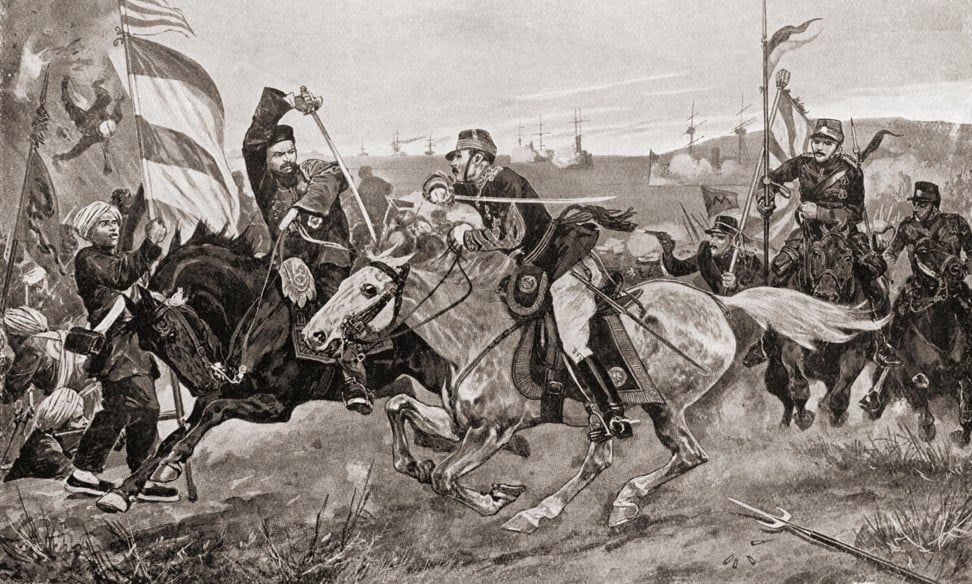
How North and South Korea’s potential reunification recalls China’s divided past
China has seen extended periods of division over the millennia, in particular during the 300-year period of the Five Barbarians and Sixteen Kingdoms and the Northern and Southern dynasties
The historic meeting between the leaders of North and South Korea last month has raised hopes for nuclear disarmament, peace in northeast Asia and even the possible reunification of the Korean Peninsula, which has been divided for more than 70 years.
However, the present partition of the peninsula is not the first time that the Korean nation has been divided. For almost a millennium before the 10th century, the Korean people, despite a shared language and culture, were divided into different kingdoms and political entities. Unification came in the early 10th century and Korea existed as a unified state for almost a thousand years until its colonisation by Japan in 1910.

Japan’s brutal occupation of Korea ended with its defeat in 1945, at the end of the second world war, but the subsequent souring of relations between the Soviet Union and the United States, and the ensuring cold war, meant that the peninsula was split into two ideologically incompatible countries along the 38th parallel, a state of affairs that more or less persists to the present day.
Korea’s giant neighbour China has also seen many periods of division over the millennia. A significant period of partition was the 300 years known as the period of the Five Barbarians and Sixteen Kingdoms (AD304-439) and the Northern and Southern Dynasties (AD420-589).
It began when nomadic populations took advantage of conflict within the short-lived Western Jin dynasty (AD265-316) to make inroads into China. When the Western Jin fell, the imperial court, the nobility, and the governing elite moved south across the Yangtze River to establish the Eastern Jin dynasty (AD317-420), shifting China’s economic nucleus to the south. Subsequent Southern dynasties – Liu Song, Qi, Liang and Chen – cemented this stronghold in the Yangtze River Delta region.

The Five Barbarians and Sixteen Kingdoms period was also the first time that parts of China were ruled by non-Han Chinese peoples. The Northern Wei dynasty (AD386-534), which was founded by the Xianbei and unified the north, actively pursued a policy of Sinification and encouraged intermarriage, the genetic and cultural amalgamation that enriched the nation in many ways.
Yang Jian, emperor of the Siu dynasty (AD581-605), put a stop to one-and-a-half centuries of coexistence between north and south when his army vanquished the last southern dynasty, the Chen dynasty (AD557-589), ultimately reunifying a Chinese nation that had been divided for three centuries.
Hundreds of years of division, and the accompanying warfare, displacement and privation, had a fundamental impact on the Chinese nation. The movement of members of the political and economic refugees to the south helped to open up the hitherto fringe of the empire and develop it into an economic powerhouse, which it remains today.

